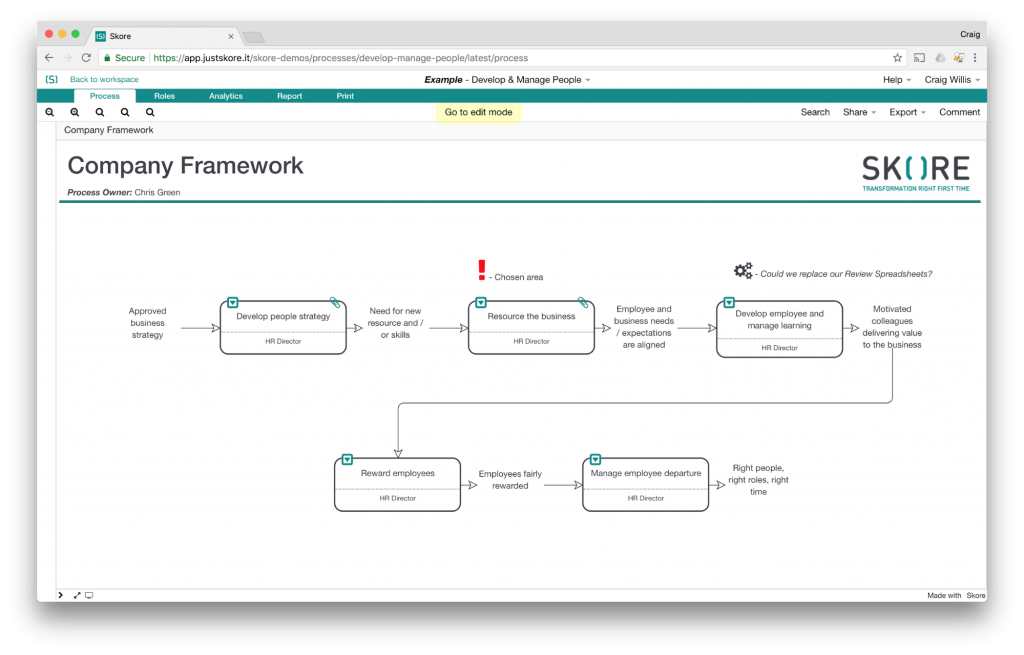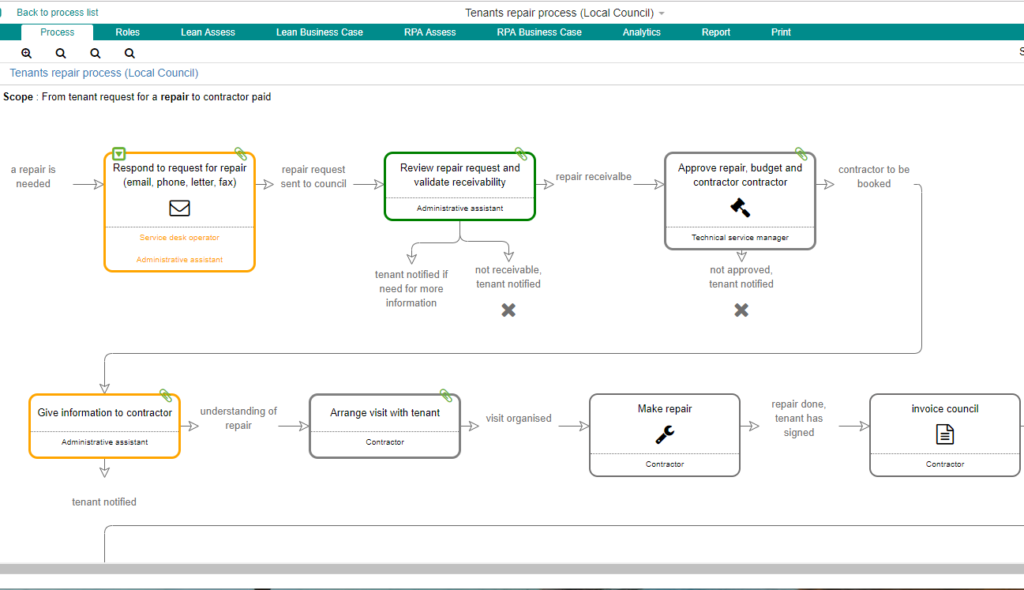Historian or Visionary… Which are you?
This blog article was updated on 8th August 2019
Buying a house may be an emotional rollercoaster but for the Construction industry itself there are just as many highs and lows.
Customer expectations mean organisations must look at improving customer experience and sales management if they want to survive. It’s not just sales data that will make the difference but the way the organisation harmonises and coordinates its processes.
The construction industry is changing.
If you’re in the business of selling new homes, you will be acutely aware of how changes in consumer expectations within the retail sector, are now reflected in the expectations of home buyers. Consumers are no longer willing to ‘hope’ for a good experience, it is expected and public interest means complaints are well documented and publicised.
Yet despite this sales teams are still often relying on backward looking metrics to measure success and manage customer experience:
Number of completions, revenue and profit are all important measures, but they can only be measured AFTER the event.
At the other end of the sales process is the opportunity pipeline containing potential buyers who have shown a real interest and ‘qualify’ as an opportunity. Sales targets may often be calculated on this and the historical sales data.
Reflect on the past but FIX the future
What neither of these actually do, is measure anything which might predict if something is about to go wrong during the sales cycle. For most organisations the first indication is typically when the buyer raises an objection, or it becomes clear the build won’t be delivered on time. By now the damage is done, it’s too late to mitigate the issue and your only option is to try and appease your buyer. How much better would the experience be for all if this could be predicted?
Revolutionise your processes to transform your customer experience
So how can you move from Historian to Visionary and identify measures that will tell you when something might go wrong before it does?
The build process is complex and, typically, out of control of the sales team. However, having an integrated, end-to-end view of the whole process allows everyone, including your sales team, to see the key stages along the way.
How can your organisation sense and respond to potential issues, address them early and provide a better customer experience throughout the process?
Organisations should be building an integrated model in a way that is easy for everyone to follow and understand. By bringing different but related teams together organisations can clarify who does what and when key handovers of responsibility occur. Skore’s Digital Discovery Platform ensures the whole process is transparent and can identify points of critical, mutual communication. This is when the change will happen. The points where potential issues in the build process should be communicated to the sales team early enough for them to do something about it, before the customer experience fails.

Measure what matters
In addition it is important to focus on the value added by each step of a process. These are the steps which often make great performance measurement points as they occur throughout the process and not just at the end.
Identifying and measuring indicators of success throughout the process means that you look to the future outcomes much sooner.
Using this approach, when certain parts of the process aren’t delivering as expected, means these measures will act as an early warning of a potential problems. These can be investigated and resolved and gives the sales team a heads up to communicate with the customer and manage their expectations.
The Skore Digital Discovery Platform enables you to map processes, deliver instant insights and identify process improvements. A live workshop tool it encourages collaboration and sharing within teams. It’s easy to use interface and reporting functions produce eye catching and informative dashboards and reports to easily measure, distribute and value your business processes.
If you’d like to learn more about how you can use Skore to build a sense and respond organisation and deliver a better customer experience, get in touch.

